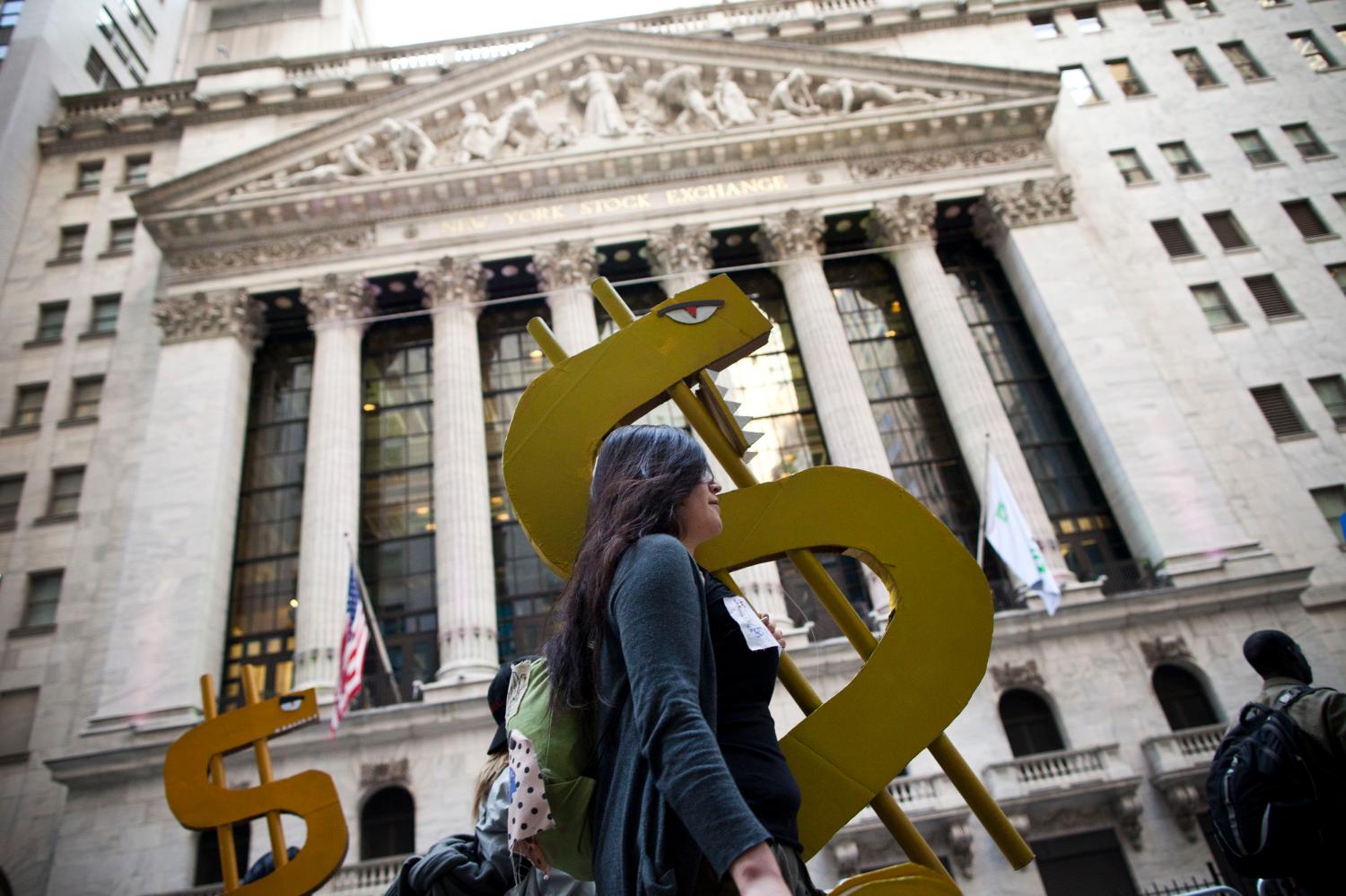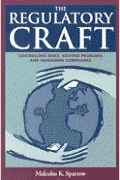This article originally appeared in the Vanderbilt Law Review on October 7, 2017.
When the fires of the financial crisis had been extinguished, the remains of the American financial system featured institutions larger than had been seen in generations. Brought about by decades of mergers, deregulation, changes in technology and economies of scope and scale, and explicit government action during the crisis, megabanks – long prevalent in the rest of the world – had come to America. Policymakers faced critical choices on how to respond to these institutions. Rejecting calls on both the political left1 and right2 for the government to “breakup” the largest banks, the Dodd-Frank Wall Street Reform and Consumer Protection Act (“Dodd-Frank”) instead chose a middle path: to attempt to balance the positives and negatives of large, complex financial institutions and let the market sort out the optimal size of the largest financial institutions. In order to judge whether that was the right choice, it must be properly understood.
Megabanks create benefits and impose costs. A problem arises in that most of the benefits are captured internally by the institution and its customers, employees, and shareholders, while some of the costs are borne externally. Specifically, as the financial crisis demonstrated, costs of instability to the financial system that result from the failure, or near failure, of a megabank fall on society (and on fellow megabanks). The magnitude and impact of these costs left a scarring experience on the American public not felt since the Great Depression.
Imagine an empty scale. Placed on one side of the scale are all of the external costs associated with being a megabank. These are the costs borne by society in terms of the impact of the potential for a failure and the corresponding havoc that would wreak on the economy. The economic impact of those costs should be quantifiable, and would tilt the scale to a reading. Now imagine placing a weight, in the form of a regulatory cost of doing business exactly equal to that amount, on the other end of the scale. The scale would be perfectly balanced.
For the bank being weighed, the government will have imposed a regulatory burden equal to the societal cost of its size and complexity. This weight will have several impacts. First, it will make life expensive for the bank. Second, to the extent that bank’s weight is higher than its competitors (who are presumably less systemically important), it will make that bank less competitive. Given that the United States has approximately 6,000 banks – the vast majority of which are not being weighed – there should be competitive effects. Third, if the scale is perfectly calibrated, to the extent that the megabank takes on activities or business lines that add to systemic risk, it will be penalized more for those activities. This will in effect disincentivize more systemically risky activity by megabanks.
If the costs imposed by the government are larger than the benefits gained by size, then these institutions should naturally shrink. Whether that shrinkage is proactively achieved by foresighted management acting to maximize shareholder value, or market forces simply reallocating capital and activities to other places, is unclear. That may determine the speed and method of shrinkage, but in the long run, size should be reduced to the equilibria of where marginal costs and benefits meet.
It is consistent to see megabanks continue to expand even if they are subject to high regulatory costs. If the private economic benefits of increased size and scope outweigh the regulatory costs (which are assumed equal to the societal costs), then increased concentration will continue to occur. In essence, if the value of large, complex financial institutions exceeds their societal cost, then they should be allowed to continue to grow. To the extent that growth imposes additional marginal costs, then the regulatory weight should also grow. For the theory to work in practice, the scale must always be in balance.
Therein lies the key challenge: balancing the scale. Dodd-Frank assigned that job to the regulators, particularly the Federal Reserve. Armed with increased capital surcharges, additional loss-absorbing long-term debt, and enhanced regulatory requirements such as stress tests and living wills, the Federal Reserve has the tools and legislative mandate to assign additional regulatory burden to the largest financial institutions. It has used those tools and done so in a way that is specifically tailored to individual institutions as well, such as the bank SIFI surcharge, which increases capital surcharges on an institution-by-institution basis based on the Federal Reserve’s perception of systemic risk of that institution.3
| Federal Reserve Capital Surcharges for Global SIFIs (2015)4 | |
|---|---|
| JP Morgan Chase | 4.5% |
| Citigroup | 3.5% |
| Bank of America | 3% |
| Goldman Sachs | 3% |
| Morgan Stanley | 3% |
| Wells Fargo | 2% |
| State Street | 1.5% |
| Bank of New York Mellon | 1% |
At any given moment, it is impossible to tell whether the scale is properly balanced. Any misbalancing of the scale will distort markets. But from what basis are the markets distorted? That is the unobservable perfection of exact calibration between the societal harm caused by the systemic risk of overconcentration of large financial institutions versus the economic benefits of size and scope of large financial institutions. Those benefits5 would accrue to users of the financial system – not just depositors, but also borrowers who benefit from global financial institutions such as multinational corporations.
The growth in concentration of the banking system is not necessarily a good metric to use to judge whether the scale is balanced. America had a large unconcentrated commercial banking system because commercial banks were largely legally prohibited from operating in multiple states until the mid-1990s passage of the Regal-Neal Interstate Banking and Branching Efficiency Act of 1994 (“Regal-Neal”), which largely removed such prohibitions. It is hard to quantify the value lost from the diseconomies of scale caused by this policy and how strong those pent-up forces for consolidation are.
However, we can observe the immense growth in concentration in the American banking system. In 1990, the five largest commercial banks had less than 10 percent of total assets in the banking system (as measured by SNL data). That figure had increased to closer to 15 percent when Regal-Neal was passed in the mid-1990s and a wave of mergers and consolidations grew the largest institutions. After the financial crisis, that figure had risen to 44 percent in 2014.6 It may continue to rise as it has for decades due to economies of scale, including a growing value of size as financial technology (FinTech) changes how we bank. Bigger banks may simply be able to create better online applications. Or it may rise because the scale is miscalibrated and large, complex institutions are not facing regulatory burdens commensurate with the social risks they pose.
The financial crisis created a rare moment in which politics may have been conducive for the government to breakup the biggest banks. However, Dodd-Frank chose to go in a different direction. Whether that was the right choice may never be definitively proven given the unobservable nature of different choices. However, how well Dodd-Frank may be working can be judged on the basis of whether the scale of regulatory costs and negative externalities of size are in proper balance. Judging this is tricky and simple metrics examining the size and concentration of the banking industry are not the proper tools to use.
-
Footnotes
- See Break Up the Banks, The Nation (Oct. 28, 2009), https://www.thenation.com/article/break-banks/
- See Timothy Noah, Why Conservatives Want to Break Up the Banks, Too, New Republic (March 15, 2013), https://newrepublic.com/article/112609/conservative-plan-break-banks
- Indeed, the acronym “SIFI” stands for systematically important financial institution. The Short Answer: What You Need to Know About SIFIs, The Wall Street Journal (March 30, 2016), https://blogs.wsj.com/briefly/2016/03/30/what-you-need-to-know-about-sifis-the-short-answer/
- Fed Finalizes Capital Surcharge Amounts for SIFIs, Seeking Alpha (July 20, 2015), https://seekingalpha.com/news/2639235-fed-finalizes-capital-surcharge-amounts-for-sifis
- See Aaron Klein, Four Questions to Ask Before Breaking Up the Banks, The Brookings Institution (April 4, 2016), https://www.brookings.edu/blog/up-front/2016/04/04/four-questions-to-ask-before-breaking-up-the-banks/
- See Chris Vanderpool, 5 Banks Hold More Than 44 percent of US Industry’s Assets, SNL Data Dispatch (Dec. 2, 2014), https://www.snl.com/InteractiveX/Article.aspx?cdid=A-30025507-14130








